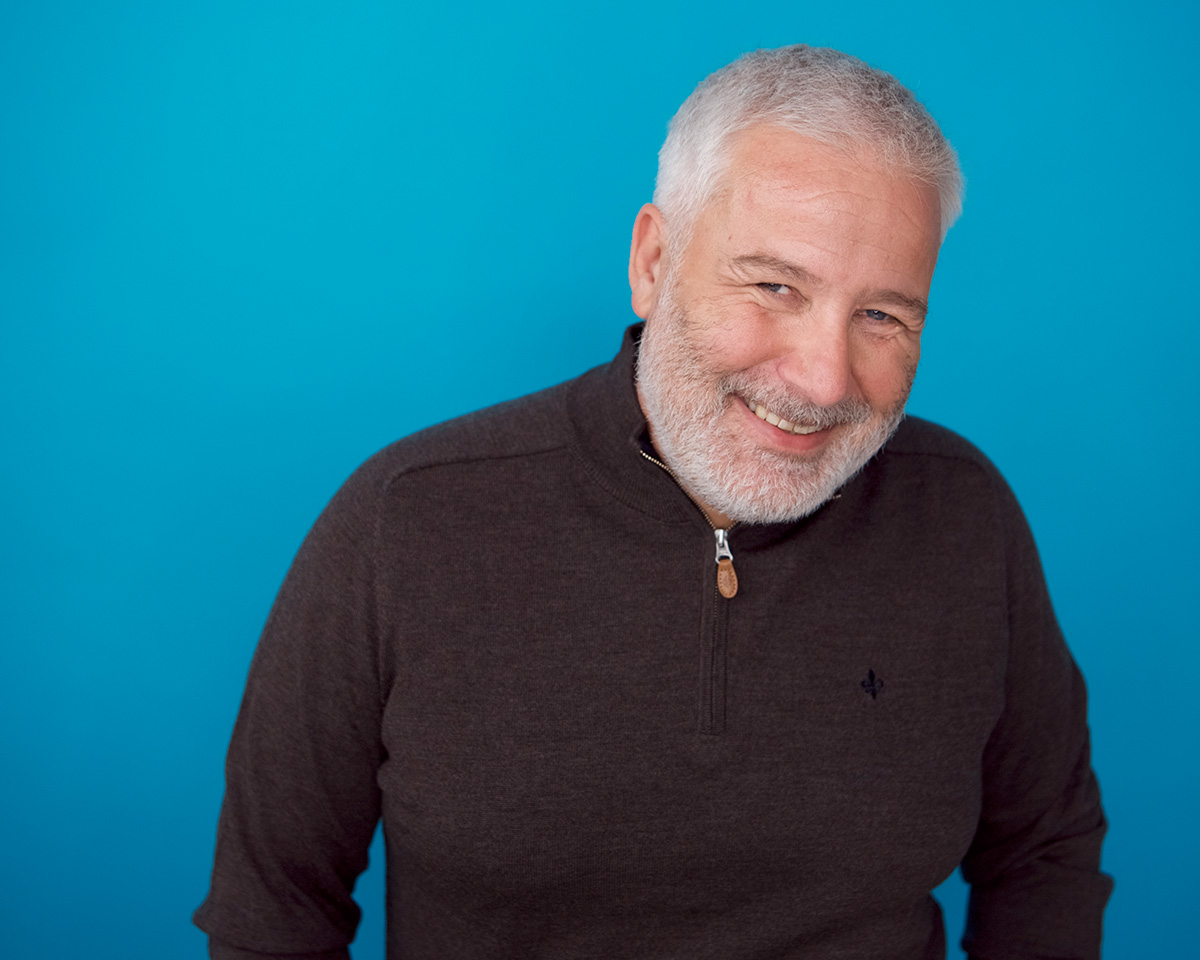The raw material of all good decision-making is good opportunities. The alternatives. Unfortunately, we all too often miss them because we are wired to intuitively hold on to our initial view of the situation. But the good solutions are out there in the shadows - and in a time when the demand for innovation is significantly increased, it is crucial that we are able to find them. Here are some thoughts on how to see the opportunities and lay the foundation for good decision-making processes and a good decision.
By Nils Tore Meland
The flashlight effect
Everyday life floods us with information. Far more than we can process. In order not to drown in the attempt to understand our surroundings, we need to simplify. Thought frames, or schemas as psychologists call them, are pre-organized thought systems that help us with this challenge. Lightning fast and intuitive, they control what information we pick up from the world around us, helping us to understand things quickly from limited information.

Organizational psychologist and associate leadership coach at FRONT Leadership
We see something - and fill in the rest. White coat and stethoscope = doctor, for example. We use thought frames absolutely all the time - and often mention them indirectly when we say things like: She thinks like a lawyer or it depends on how you see it. They're useful because they simplify the world to make it somewhat coherent and understandable.
The thought frames thus control our focus and how we see our surroundings. Usually without us even realizing it. When we THINK we know something and fill in the rest ourselves, we risk ending up with a narrow or incorrect picture of the situation. The scary thing is that we don't notice what we're missing. The picture feels intuitively complete.
I have called this phenomenon the flashlight effect. We humans have a narrow view of reality at all times, because the light beam of our attention only frames a part of it. A slice. We can easily see what falls within the cone of light. Everything else remains in the darkness outside the frame of thought. So if we don't consciously swing the flashlight when thinking through important choices, we already have a dangerously skewed or narrow focus.
A particularly prevalent variant of the flashlight effect in working life is our tendency to operate with only one single "should I do it or not?" option. Such a narrow focus is a red flag for a robust decision-making process and research shows that well over half of these choices fail. So what can we do about it? Well, we need to swing the torch and find more options.
Swing the torch - discover more opportunities in the shadows
Research shows that if we operate with more than one alternative, our decisions have far better outcomes. It is therefore important to discover alternatives as early as possible in the process. We need to swing the torch and look for more options in the shadows. Here are 5 practical tips on how.
-
Always think about alternatives. Let these three questions guide all important decision-making processes: Are there better alternatives? Is there a better way? What else can we do?
-
Change your perspective. Look at your decision through multiple perspectives and ask yourself: What new opportunities or solutions come to mind as I shift perspective? Try to think of yourself as "making the choice" in one perspective after another. If your decision makes sense after you've seen it through several different perspectives, it's probably a good decision.
-
Compare with something else. Comparisons (analogies) can create unexpected solution ideas. Try to answer this question creatively:
"What objects, processes, organizations, organisms or phenomena can I compare this situation, problem or solution to?" -
Check opportunity cost. Opportunity cost is a term from economics that refers to what we give up when we make a choice. Reflect on the choice you are about to make and ask the following question:
"What am I saying no to if I go for this? What else can I get for this money? Is there another solution than the one I'm considering now that costs the same in terms of time and money?" -
Remove the option from the table. When your option "disappears", you are forced to shift the beam of light and look for new solutions outside of what you are already focusing on. Think again about a choice you have to make and respond to this: "You can't choose any of the solution options you have now. They've disappeared. What else can you do?"

